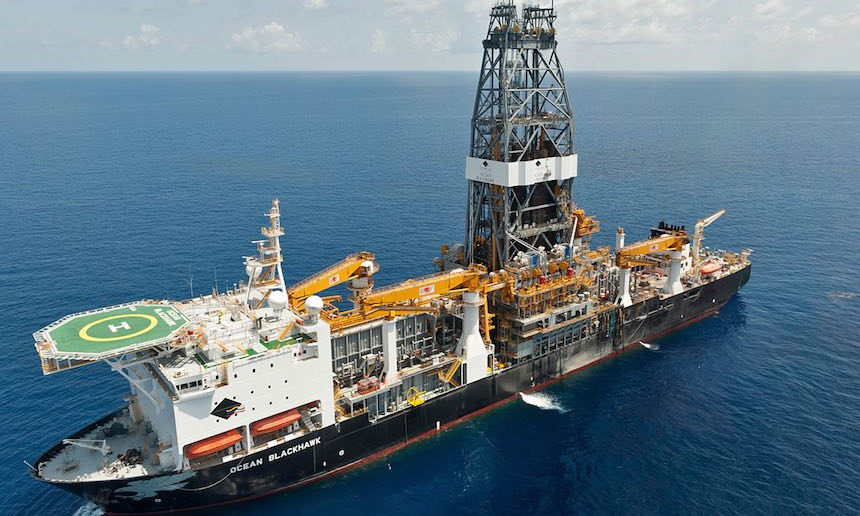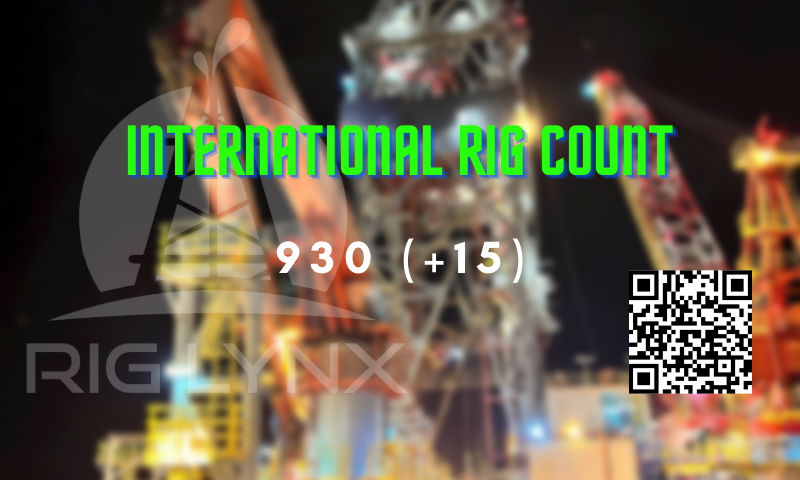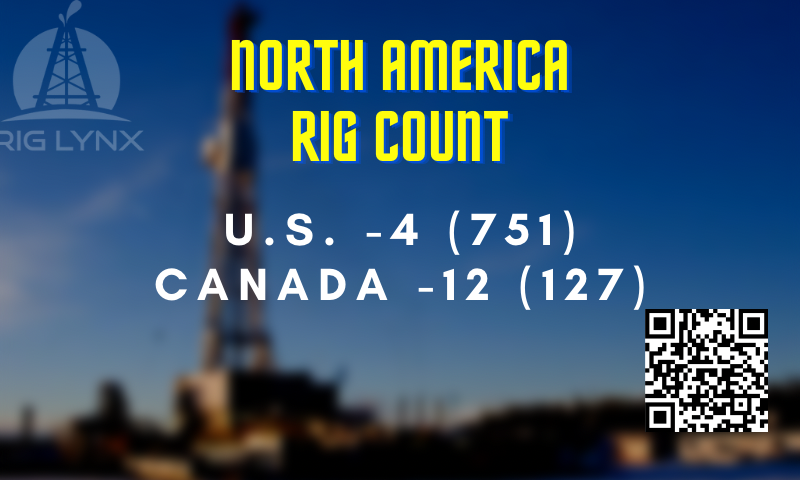
The revitalization in offshore activity is good news across the service industry segments, but drillers especially have reason to be mildly optimistic. After the oil price collapsed in 2014, players across the oil and gas industry felt the pain, but the drilling contractor segment was hit the hardest, as purchases dropped by more than 60%. With more stable oil prices and a renewed interest in project sanctioning, the drilling segment is slowly regaining ground, and floaters will attract the most spend.
Offshore purchases across all segments dropped to rock bottom in 2018when spending totaled $191 billion, compared to peak spending of $352 billion in 2014 (Figure 1). Drilling has been following the same trend. Spending in 2019 on floaters is set to increase by nearly 30% compared to the industry low seen in 2018, and spending on jack-ups and barges will increase more than 7%. The relative spending ‘spree’ will not cross over to platform drilling services and land rigs, which are set to continue their decline, though on a less severe course than previously.
When we speak of drilling contractors or offshore drillers, we typically refer to the owners of mobile offshore drilling units (MODUs) and the two separate markets it includes: (1) the shallow water jack-up market, and (2) the mid- and deepwater floater market which consists of semisubmersibles and drill ships. Since 2010, about 71 % of the offshore wells have been drilled by either a jack-up (51 %) or a floater (20 %), while the remainder (29%) were drilled from a fixed platform, barge or other drilling facilities.
After a successful year in 2018 for major E&Ps, the now cash-flush exploration and production companies are expected to increase their spending on mobile offshore drillers. The floater segment, in particular, is where we anticipate the most rapid growth and this is driven by a new wave of greenfield (development) projects in deeper waters. As oil prices have improved over the last two years, more projects have turned economical, leading to an elevated workload for offshore drillers. However, in order to achieve a comeback, the upcoming development projects need to be sanctioned. Following significant cost reductions and lower project breakevens over the past years, almost all projects are now economical at an oil price of $60 per barrel.This is a good place to be if you expect the oil price to stay in the range of $60 to $70 per barrel going forward.
Growth of the floater market is driven by an increased share of activity in the ultra-deepwater and harsh environment regions going forward. Based on our bottom-up approach where we track activity asset-by-asset, we see activity picking up significantly up until 2021, where we foresee demand of 172 units.
Figure 2 shows that floater demand growth will be driven by projects in the North Sea (both in Norway and the UK), the US Gulf of Mexico, West Africa and Brazil. The harsh environment Norwegian Continental Shelf (NCS) is in particular lifting demand short-term, especially with ramping up in drilling at Johan Sverdrup (phase 2) and Johan Castberg, as well as more than 10 lower cost subsea-tieback projects. In the medium term, we await an FPSO boom in the ultra-deep waters of Brazil, with the Petrobras operated Mero project generating the highest rig demand.
The comeback is expressed by smaller subsea-tieback projects and phased development projects which in turn leads to shorter contracts for drillers. Operators are required to pay more in order to secure long time contracts as drilling contractors do not want to be locked in long term contracts at low rates when the market rates improve again. Several high-end sixth and seventh generation drillships have received long-term contracts since the third quarter of 2018 and rigs in this segment are expected to be close to fully utilized in the coming years. As of May 2019, not only the sixth and seventh generation drillships but floaters, in general, are seeing more rigs on contract this year in comparison to last year’s total.
Source: Rystad Energy
Check out our other current stories!
- Death toll rises at Glencore mine in Congo after collapse
- Oil and Gas Headcount Up 17% Down Under
- Saudi Aramco signs 12 agreements worth billions of dollars
Rig Lynx was launched December 2017, our oil and gas news was viewed over 373,000 times in 2018 and our social networking application generated over 268,000 clicks in 2018. Our current foothold has rivaled the largest in the industry and we are just getting started.



